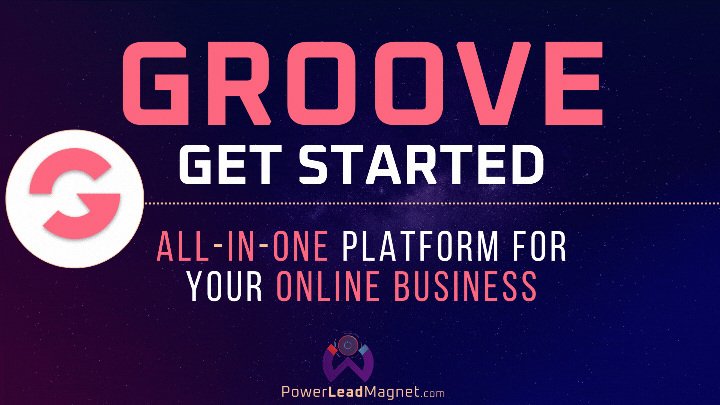Marketing term
Here’s a breakdown of the marketing term.
CPC = Cost Per Click.
It refers to the cost you pay for each click on your ad.
CPA = Cost Per Acquisition.
It is the cost of acquiring a customer after they take a specific action.
PPC = Pay Per Click.
A digital advertising model where advertisers pay for each click on their ads.
CTR = Click-Through Rate.
The percentage of users who click on an ad or link after seeing it.
SEO = Search Engine Optimization.
The process of optimizing content to rank higher in search engine results.
SEM = Search Engine Marketing.
A form of digital marketing that involves promoting websites by increasing their visibility in search engine results through paid advertising.
ROI = Return on Investment.
A measure of the profitability of an investment.
Impressions = The number of times your ad or content is displayed on a screen.
Here’s a breakdown of the marketing terms and where they are commonly encountered in the industry:
1. CPC (Cost Per Click)
Meaning:
CPC stands for Cost Per Click, a pricing model in online advertising where advertisers pay a fee each time someone clicks on their ad. It measures the effectiveness of ads in driving traffic to a website.
Where We See It:
- Google Ads (Search and Display Campaigns)
- Social Media Platforms like Facebook, LinkedIn, and Twitter Ads
- Affiliate Marketing Programs
2. CPA (Cost Per Acquisition)
Meaning:
CPA, or Cost Per Acquisition, is the cost of acquiring a customer who completes a specific action, such as making a purchase, signing up for a newsletter, or filling out a form. It focuses on performance-driven campaigns.
Where We See It:
- Performance Marketing Campaigns
- Affiliate Networks
- E-commerce Advertising
3. PPC (Pay Per Click)
Meaning:
Pay Per Click is a digital advertising model where advertisers pay for each click on their ads, regardless of whether it leads to a conversion. It’s often used interchangeably with CPC but refers to the broader advertising strategy.
Where We See It:
- Google Search Ads
- Social Media Ads (e.g., Facebook Ads, Instagram Ads)
- E-commerce Platforms like Amazon Advertising
4. CTR (Click-Through Rate)
Meaning:
Click-Through Rate is the ratio of users who click on a link or ad to the number of total users who view the ad. It’s expressed as a percentage and is a key metric for understanding ad performance.
Where We See It:
- Email Marketing Campaigns (e.g., MailChimp, HubSpot)
- Display and Search Ads
- Organic Content Performance (e.g., call-to-action links in blog posts)
5. SEO (Search Engine Optimization)
Meaning:
Search Engine Optimization is the practice of optimizing a website’s content and structure to improve its ranking in search engine results pages (SERPs) organically, without paying for ads.
Where We See It:
- Website Content and Blog Posts
- E-commerce Product Descriptions
- Tools like Google Search Console, SEMrush, and Ahrefs
6. SEM (Search Engine Marketing)
Meaning:
Search Engine Marketing involves using paid advertising to improve a website's visibility in search engine results pages (SERPs). It’s often associated with paid search ads like Google Ads.
Where We See It:
- Google Ads Campaigns
- Bing Ads and Yahoo Ads
- E-commerce Platforms like Shopify (integrated SEM)
7. ROI (Return on Investment)
Meaning:
Return on Investment measures the profitability of a marketing campaign. It’s calculated as a percentage, showing how much revenue a campaign generates compared to its cost.
Where We See It:
- Marketing Analytics Tools (e.g., Google Analytics, HubSpot)
- Budget Planning and Campaign Reporting
- Investor and Stakeholder Presentations
8. Impressions
Meaning:
An Impression refers to the number of times an ad or piece of content is displayed on a screen, regardless of whether the user interacts with it. It’s a basic metric for measuring visibility.
Where We See It:
- Display Advertising (e.g., Banner Ads on Websites)
- Social Media Platforms (e.g., Instagram and LinkedIn post reach)
- Video Ads on YouTube or Streaming Platforms
By understanding these terms, marketers can better navigate platforms like Google Ads, Facebook Ads Manager, and email marketing tools, while tracking key performance metrics like CTR, CPC, and ROI. These terms are vital for creating effective digital campaigns and analyzing their performance.


